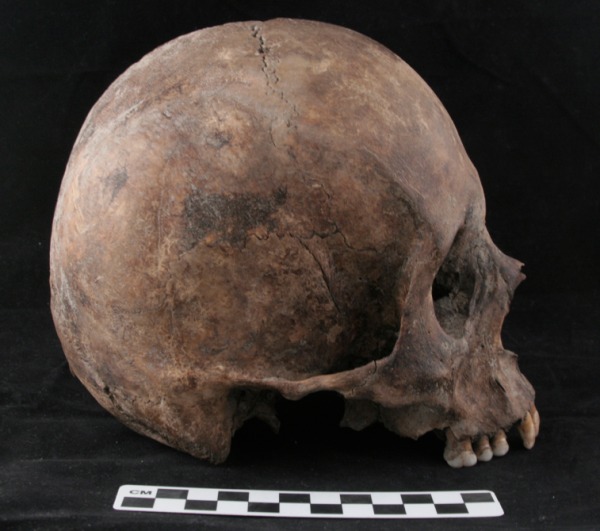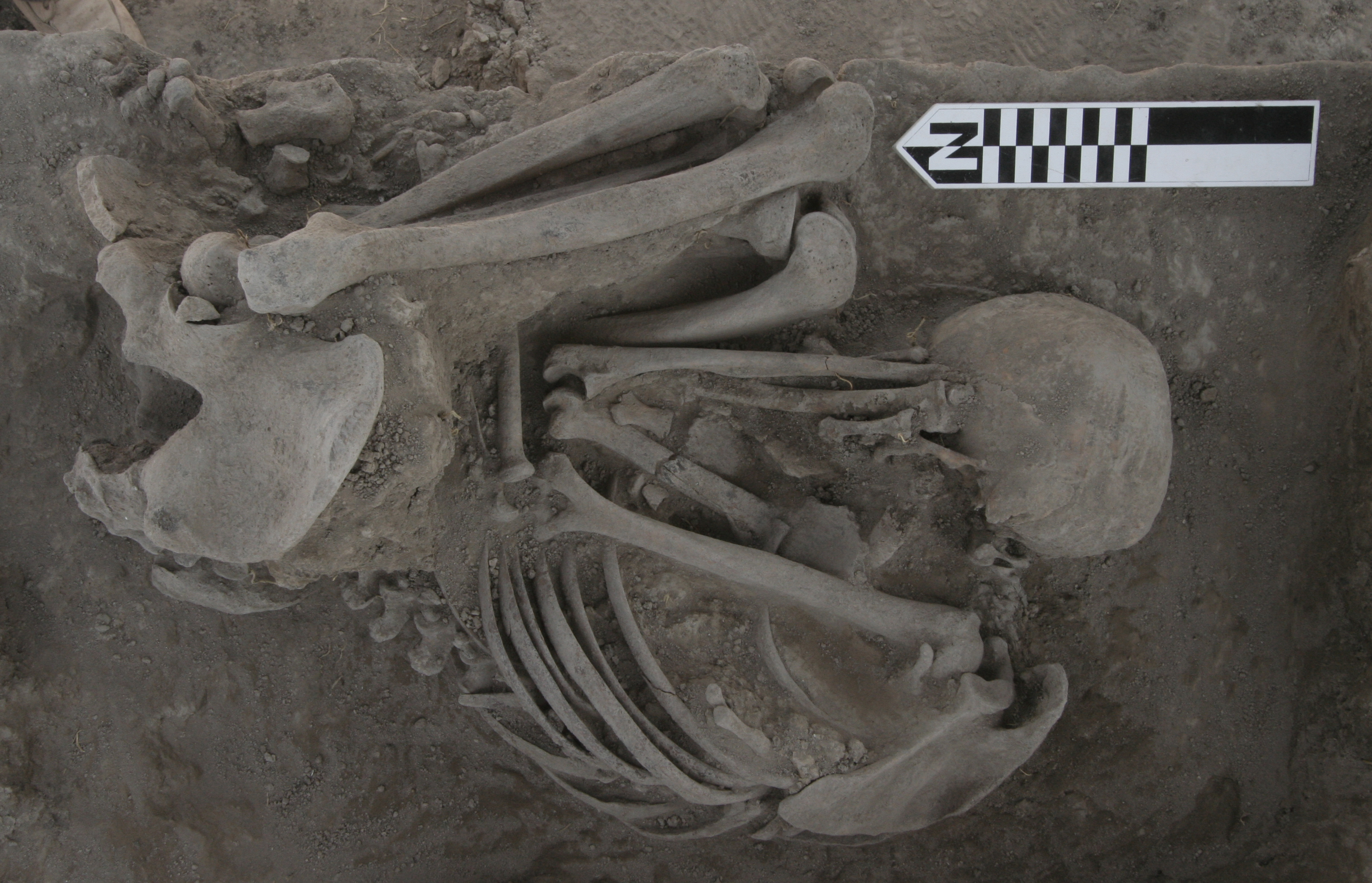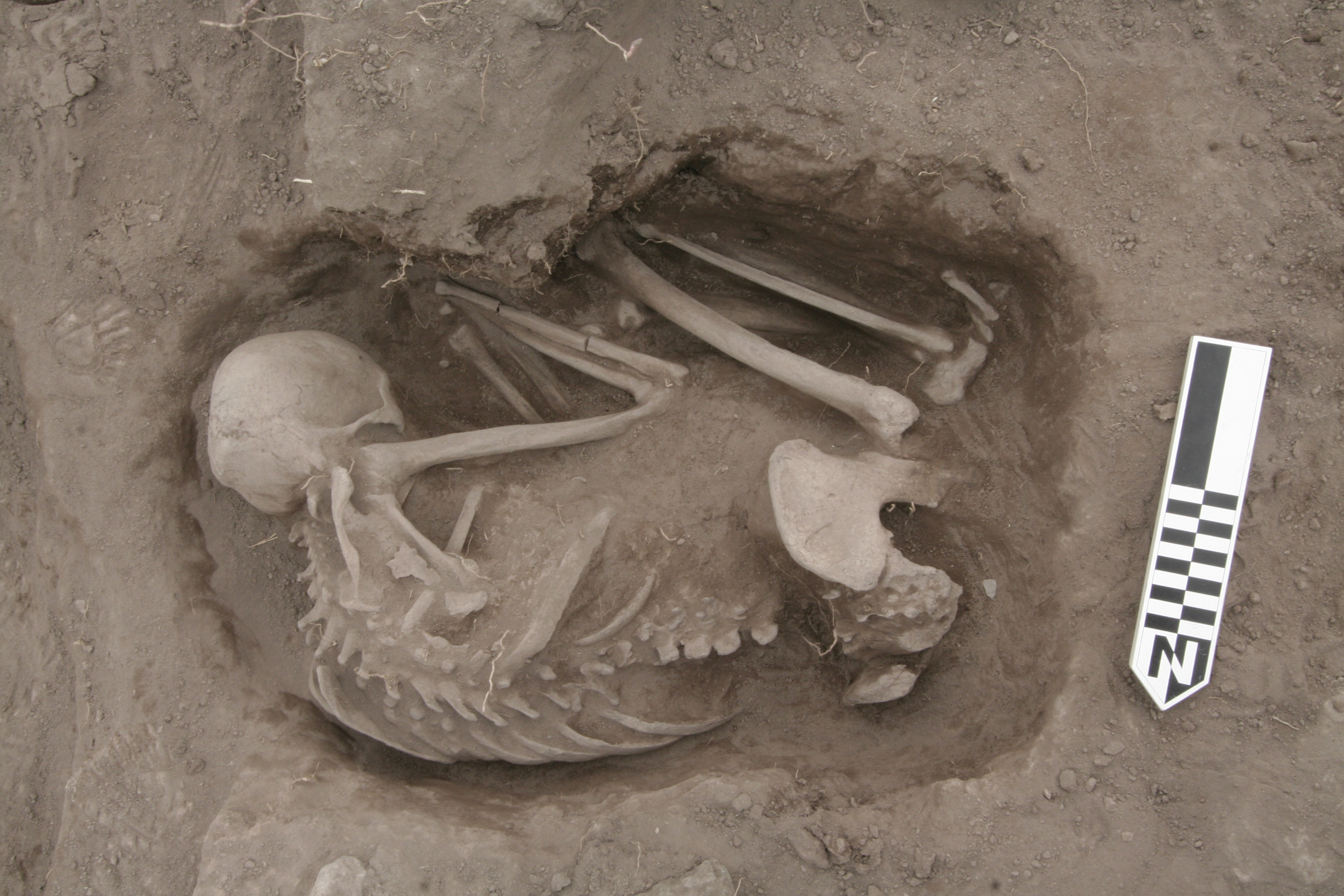Ancient city's collapse

New DNA analysis of the bones from 25 individuals in Xaltocan suggest that the population changed after the Aztec conquest.
Ghost town?

Colonial records from the 1500s onward suggested that the Otomi people fled the city-state of Xaltocan in 1395 and that it was completely abandoned until 1435, when the Aztecs conquered the city.
Continuous Occupation

But when Lisa Overholtzer and her colleagues excavated the site, they found evidence for continuous occupation, belying the tales found in historic documents. To understand how the people changed after the Aztec conquest, the team analyzed bones and teeth from 25 skeletons buried under two patios in the ancient city.
Genetic shift

Using mitochondrial DNA, traces people's maternal lineage, the team found a sharp change in the people occupying those houses before and after the occupation
Changing people

The skeletons, which spanned the period before and after the conquest, suggest that at least some of the Otomi people fled after the fall of the city, or that they radically reorganized themselves in the region.
Sign up for the Live Science daily newsletter now
Get the world’s most fascinating discoveries delivered straight to your inbox.

Tia is the managing editor and was previously a senior writer for Live Science. Her work has appeared in Scientific American, Wired.com and other outlets. She holds a master's degree in bioengineering from the University of Washington, a graduate certificate in science writing from UC Santa Cruz and a bachelor's degree in mechanical engineering from the University of Texas at Austin. Tia was part of a team at the Milwaukee Journal Sentinel that published the Empty Cradles series on preterm births, which won multiple awards, including the 2012 Casey Medal for Meritorious Journalism.









